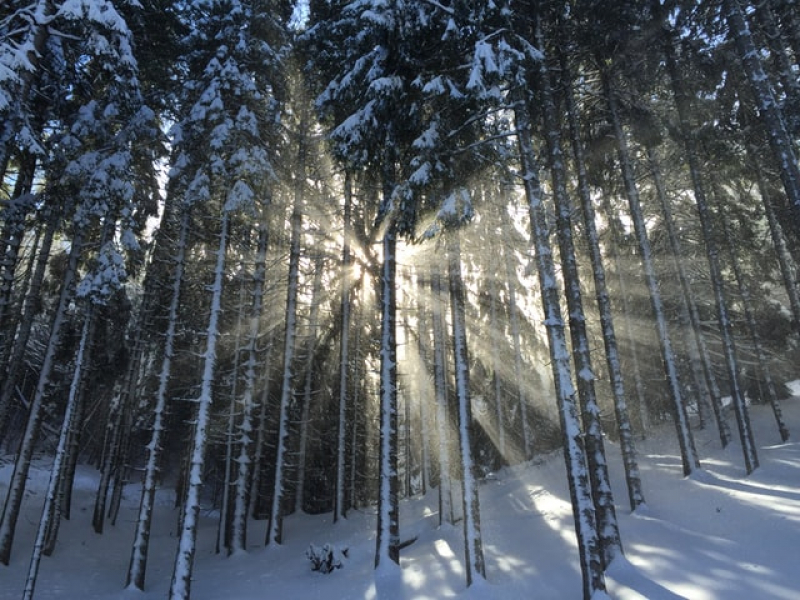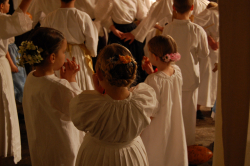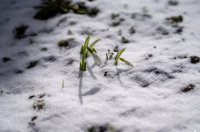Annual cycle
When speaking of holidays related to the yearly cycle, it’s important to place them into context. Winter and summer solstices, as well as spring and autumn equinoxes, aren’t independent events that matter on their own but rather parts of a whole, each supplementing and pre-determining the other.
They represent different stages of the universal order that never cease to repeat themselves again and again, each in its own turn. Therefore, it’s no wonder that all four of these events are often associated with a circle – this symbol helps represent their interconnection, consequential order, and cyclic nature:
-
Spring equinox – the final overcoming of the cold and dark, the definite beginning of a new year;
-
Summer solstice – the top point of the sun’s power, after which it starts to get weaker;
-
Autumn equinox – harvest time; preparation for the cold season;
-
Winter solstice – death followed by rebirth.
You’ll find examples of solstice- and equinox-related holidays in many ancient cultures all around the globe. For example, in Germanic cultures, the winter solstice was celebrated during a holiday called Yule. In Slavic cultures, there are two associated terms: Korochun and Koliada.
We’re talking about rather ancient beliefs here, so there are various versions of their origin: perhaps they were used interchangeably or Korochun is the older name for the winter solstice celebration, while Koliada is the one that appeared after the spread of Christianity.
Korochun
The peculiar word Korochun has many possible meanings. It might’ve indicated the shortest day of the year simply because короткий (korotkiy) is Russian for “short,” but some researchers believe that it’s also the second name of Chernobog (“the dark god”), a deity that brings untimely death. This holiday’s symbolism might seem dark, for winter overall is associated with death: as everything turns frozen, the year’s lifecycle ends and, according to pagan beliefs, the old sun dies – it is killed by Chernobog only to be reborn after the solstice as the new sun, which means that there’s no tragedy here. Once again, it’s just a representation of the cyclical nature of life.
Koliada
To this day, Koliada is associated with all kinds of festive celebrations: initially, people dedicated songs and dances to Koliada, the personification of the newly born sun. In a nutshell, there was lots of fun and joy, as everyone was glad that there’d be more and more light from now on and spring was getting closer: forces of life overcame death like they always do. There was also a sort of a trick-or-treating going on, which we’ve already covered in this article.
As time went by, the abovementioned traditions became closely intertwined with the Christian ones and Koliada became the name of the day before Orthodox Christmas (January 6), thus losing its connection to the winter solstice.




